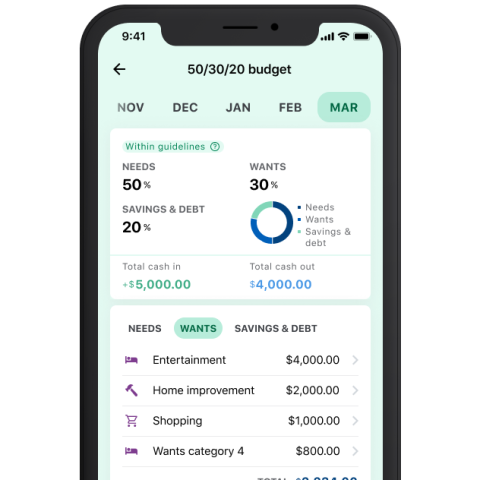What Is the PPI, or Producer Price Index?

Many or all of the products featured here are from our partners who compensate us. This influences which products we write about and where and how the product appears on a page. However, this does not influence our evaluations. Our opinions are our own. Here is a list of our partners and here's how we make money.
Updated April 11, 2024, to add the most recent PPI figures.
The producer price index, or PPI, measures changes in prices paid to producers and manufacturers for goods and services.
Current index: The PPI rose 0.2% from February to March and increased 2.1% in the 12 months through March. That’s according to the April 11 release from the U.S. Bureau of Labor Statistics, which updates the PPI monthly.
What is the PPI?
The PPI tracks the prices that producers and manufacturers receive for their goods from retailers and distributors. “In general, the PPI is about the price change from the perspective of the seller,” says Thomas McDonald, a senior economist at the BLS. Higher prices on the producers’ end often lead to increased prices for consumers, he adds.
The PPI rises when producers and manufacturers sell their products at higher-than-usual prices, likely to offset the rising costs of raw material or distribution. So retailers wind up paying higher prices from the wholesaler, and consumers then pay higher prices from the retailer.
In this way, PPI functions as a measure of inflation, along with the consumer price index, or CPI, which tracks the prices consumers pay for goods and services.
» MORE: Why is everything so expensive?
PPI categories
In calculating the PPI, the BLS sorts products and services into two categories: final demand and intermediate demand.
Final demand refers to goods and services sold by the producer to retailers or distributors, who intend to sell those products to consumers.
Examples of a final demand good include, well, pretty much any physical product you could buy: clothes, computers, furniture, cosmetics — you get the picture. Examples of final demand services include air travel, internet, home security, cleaning services and financial advisement, according to the BLS.
Intermediate demand refers to goods and services sold to other manufacturers to be used in the production of other goods.
Here’s an example McDonald provides to explain how businesses use the PPI. Say you have a contract to pave and repave roads with Fictional County. In your contract, you’d likely include a clause that allows you to raise your price if, say, the PPI’s asphalt index rises (in other words, if asphalt becomes more expensive).

What happened to PPI in March?
PPI rose 0.2% in February. Compared to a year ago, the index rose 2.1%. That’s the biggest annual increase since April 2023.
Final demand services: Prices for final demand services rose 0.3% in March, according to the report.
That was driven by a 3.1% increase in the cost of securities brokerage, dealing, investment advice and related services.
Other services that recorded price increases include computer hardware, software, and supplies retailing (12.5%), professional and commercial equipment wholesaling (8.3%), investment banking (7.6%), deposit services, partial (2.7%) and airline passenger services (2.2%).
Final demand services that saw prices fall include automobiles retailing, partial (-5.4%), traveler accommodation services (-3.8%) and machinery and equipment parts and supplies wholesaling (-1.2%).
Final demand goods: The prices for final demand goods fell 0.1% in March.
A 3.6% decrease in gas prices was a major factor in the final demand goods' index decrease.
Lower prices for eggs (-29.8%), carbon steel scrap (-15.7%), fresh fruits and melons (-7.9%) and jet fuel (-6%) also pushed down the overall price of final demand goods.
Examples of final demand goods that saw prices rise include fresh and dry vegetables (15.3%), processed poultry (10.7%) and residential electric power (0.5%).
» MORE: What Is the PCE?
How is the PPI calculated?
Once a month, the BLS solicits roughly 100,000 prices for specific products or groups of products from participating sellers. Then, those prices are weighted against their price in a “base” year, which for many products is 1982.
In addition to classifying products based on final demand or intermediate demand, the BLS sorts products and services by industry. It also categorizes them by commodity classification, which is solely based on their material composition.
When is the PPI released?
The BLS releases a monthly PPI report showing how the index changed. The next PPI report, which will reflect changes to the index in April, is scheduled to be released May 14.


